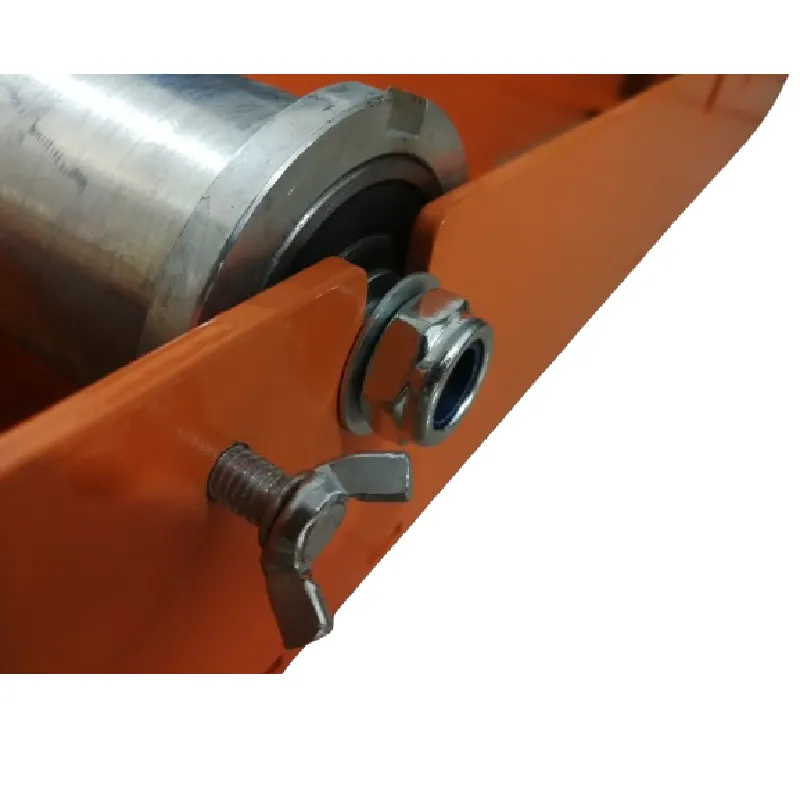
-
 Afrikaans
Afrikaans -
 Albanian
Albanian -
 Amharic
Amharic -
 Arabic
Arabic -
 Armenian
Armenian -
 Azerbaijani
Azerbaijani -
 Basque
Basque -
 Belarusian
Belarusian -
 Bengali
Bengali -
 Bosnian
Bosnian -
 Bulgarian
Bulgarian -
 Catalan
Catalan -
 Cebuano
Cebuano -
 Corsican
Corsican -
 Croatian
Croatian -
 Czech
Czech -
 Danish
Danish -
 Dutch
Dutch -
 English
English -
 Esperanto
Esperanto -
 Estonian
Estonian -
 Finnish
Finnish -
 French
French -
 Frisian
Frisian -
 Galician
Galician -
 Georgian
Georgian -
 German
German -
 Greek
Greek -
 Gujarati
Gujarati -
 Haitian Creole
Haitian Creole -
 hausa
hausa -
 hawaiian
hawaiian -
 Hebrew
Hebrew -
 Hindi
Hindi -
 Miao
Miao -
 Hungarian
Hungarian -
 Icelandic
Icelandic -
 igbo
igbo -
 Indonesian
Indonesian -
 irish
irish -
 Italian
Italian -
 Japanese
Japanese -
 Javanese
Javanese -
 Kannada
Kannada -
 kazakh
kazakh -
 Khmer
Khmer -
 Rwandese
Rwandese -
 Korean
Korean -
 Kurdish
Kurdish -
 Kyrgyz
Kyrgyz -
 Lao
Lao -
 Latin
Latin -
 Latvian
Latvian -
 Lithuanian
Lithuanian -
 Luxembourgish
Luxembourgish -
 Macedonian
Macedonian -
 Malgashi
Malgashi -
 Malay
Malay -
 Malayalam
Malayalam -
 Maltese
Maltese -
 Maori
Maori -
 Marathi
Marathi -
 Mongolian
Mongolian -
 Myanmar
Myanmar -
 Nepali
Nepali -
 Norwegian
Norwegian -
 Norwegian
Norwegian -
 Occitan
Occitan -
 Pashto
Pashto -
 Persian
Persian -
 Polish
Polish -
 Portuguese
Portuguese -
 Punjabi
Punjabi -
 Romanian
Romanian -
 Russian
Russian -
 Samoan
Samoan -
 Scottish Gaelic
Scottish Gaelic -
 Serbian
Serbian -
 Sesotho
Sesotho -
 Shona
Shona -
 Sindhi
Sindhi -
 Sinhala
Sinhala -
 Slovak
Slovak -
 Slovenian
Slovenian -
 Somali
Somali -
 Spanish
Spanish -
 Sundanese
Sundanese -
 Swahili
Swahili -
 Swedish
Swedish -
 Tagalog
Tagalog -
 Tajik
Tajik -
 Tamil
Tamil -
 Tatar
Tatar -
 Telugu
Telugu -
 Thai
Thai -
 Turkish
Turkish -
 Turkmen
Turkmen -
 Ukrainian
Ukrainian -
 Urdu
Urdu -
 Uighur
Uighur -
 Uzbek
Uzbek -
 Vietnamese
Vietnamese -
 Welsh
Welsh -
 Bantu
Bantu -
 Yiddish
Yiddish -
 Yoruba
Yoruba -
 Zulu
Zulu


Dec . 14, 2024 06:12 Back to list
Exploring the Impact of Crosby Shackles on Safety and Performance in Industry Applications
Understanding Crosby Shackles Ensuring Safety and Reliability in Lifting Operations
In the field of lifting and rigging equipment, the importance of using high-quality components cannot be overstated. Among these components, shackles play a crucial role, and Crosby shackles are often regarded as the gold standard in the industry. This article explores the significance of Crosby shackles, their design features, applications, and the standards that ensure safety and reliability in lifting operations.
What are Crosby Shackles?
Crosby shackles are heavy-duty steel devices used for connecting hoisting and lifting equipment. They are primarily employed in rigging applications, facilitating the secure connection of slings, chains, and other lifting components. The design of Crosby shackles typically features a bow shape, allowing for a versatile range of movements and load distributions. This versatility is essential in various lifting scenarios, from construction sites to maritime operations.
Design Features
One of the distinguishing factors of Crosby shackles is their robust construction. Made from high-tensile carbon steel, these shackles are designed to withstand substantial loads without deformation. Additionally, Crosby shackles undergo a thorough manufacturing process, including hot-dip galvanization, which helps in protecting the metal from corrosion and enhancing longevity.
Understanding Crosby Shackles Ensuring Safety and Reliability in Lifting Operations
Applications
crosby shackles

The applications of Crosby shackles are diverse and extensive. They are widely used across various industries, including construction, oil and gas, shipping, and entertainment. For instance, in the construction sector, Crosby shackles are indispensable for connecting lifting slings to cranes, ensuring that heavy materials can be moved safely and efficiently. In the maritime industry, these shackles help secure loads on ships, preventing shifting during transit and ensuring cargo safety.
Additionally, Crosby shackles also find applications in the entertainment industry, where they are used in the rigging of stages, lighting, and other equipment, guaranteeing that all elements are safely secured during performances.
Safety Standards
Safety is paramount in lifting operations, and Crosby shackles are designed to meet or exceed ASTM, SAE, and other international standards. This adherence to safety regulations ensures that each shackle can handle the intended loads while minimizing the risk of failure. Users are encouraged to inspect shackles regularly for signs of wear, deformation, or damage, as maintaining equipment integrity is critical for safe lifting practices.
Moreover, the working load limit (WLL) is clearly marked on each shackle, providing operators with essential information regarding load capacities. Understanding WLL is vital to prevent overloading, which can lead to catastrophic failures.
Conclusion
In summary, Crosby shackles are an essential component in lifting and rigging operations, offering safety, reliability, and versatility. Their robust design and adherence to industry standards make them a preferred choice for professionals across various fields. As industries continue to embrace advancement in technology and materials, the need for high-quality lifting equipment like Crosby shackles remains paramount. Ensuring that safety remains at the forefront of lifting operations is not just a regulatory requirement but a critical commitment to protecting lives and livelihoods in the workplace. As such, investing in top-tier shackles and maintaining them properly is a step towards achieving excellence in safety and operational effectiveness in all lifting tasks.
Latest news
What Are Construction Tools and How Are They Used?
NewsJul.11,2025
Professional-Grade Duct Rodding Tools for Superior Cable Installation
NewsJul.11,2025
Enhancing Safety and Efficiency with Modern Hot Stick Solutions
NewsJul.11,2025
Empowering Cable Installation with Advanced Rodder Solutions
NewsJul.11,2025
Elevate Your Cable Installation Projects with Cable Pulling Tools
NewsJul.11,2025
Efficient Cable Handling Solutions: Cable Rollers for Sale
NewsJul.11,2025











